The rich cuisine of Venezuela offers travelers the perfect blend of flavor and simplicity. With influence from Africa and Europe, the indigenous cuisine has broadened while keeping its unique personality.
Corn has been harvested in Venezuela for centuries and still plays a major role in its food scene. Many dishes comprise corn flour, providing a simple base to add an array of ingredients and spices. The end result is a varied and celebrated cuisine.
This leads to travelers returning home not only inspired by the local flavor but also by how easy it is to recreate some of the best Venezuelan food in their own kitchen.
Traditional Venezuelan Cuisine
Latin America has some of the most delicious food in the world. Unfortunately, places like Peru and Venezuela are often overlooked. When we visited this area, we made sure to dig into some of the traditional dishes that give you a real feel for the area. We highlight the tastiest Venezuelan foods below.
1. Tequenos (Venezuelan Cheese Sticks)
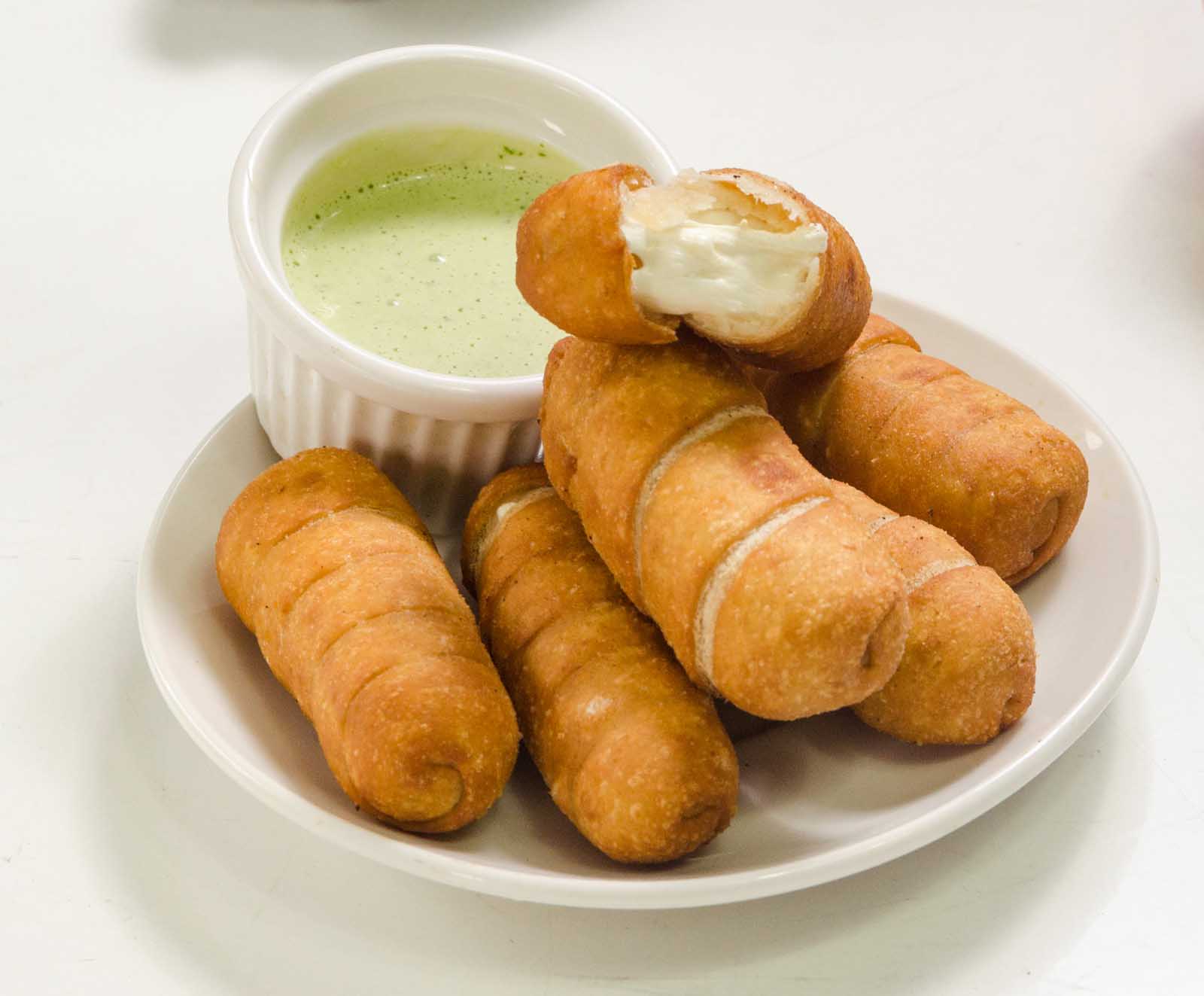
Simple and everywhere, Tequenos is the ultimate flexible Venezuelan food. Such is its place in Venezuelan cuisine that not only is it a popular appetizer at restaurants, but no social gathering would be complete without it.
Tequenos hails from Los Teques, a popular vacation town for the rich and well-to-do. They originally made the Venezuelan dish from leftover pastries, but the treat quickly spawned into something greater.
Tequenos share some similarities with mozzarella sticks, but we believe you’ll love these even more. Using a simple pastry crust, the exterior is wrapped around white cheese with a salty flavor. The Tequenos are then either fried or baked and served alongside a range of dipping sauces. Our pick? Try it with Guasaca, a local avocado-infused dip.
2. Pan de jamón (Ham Bread)
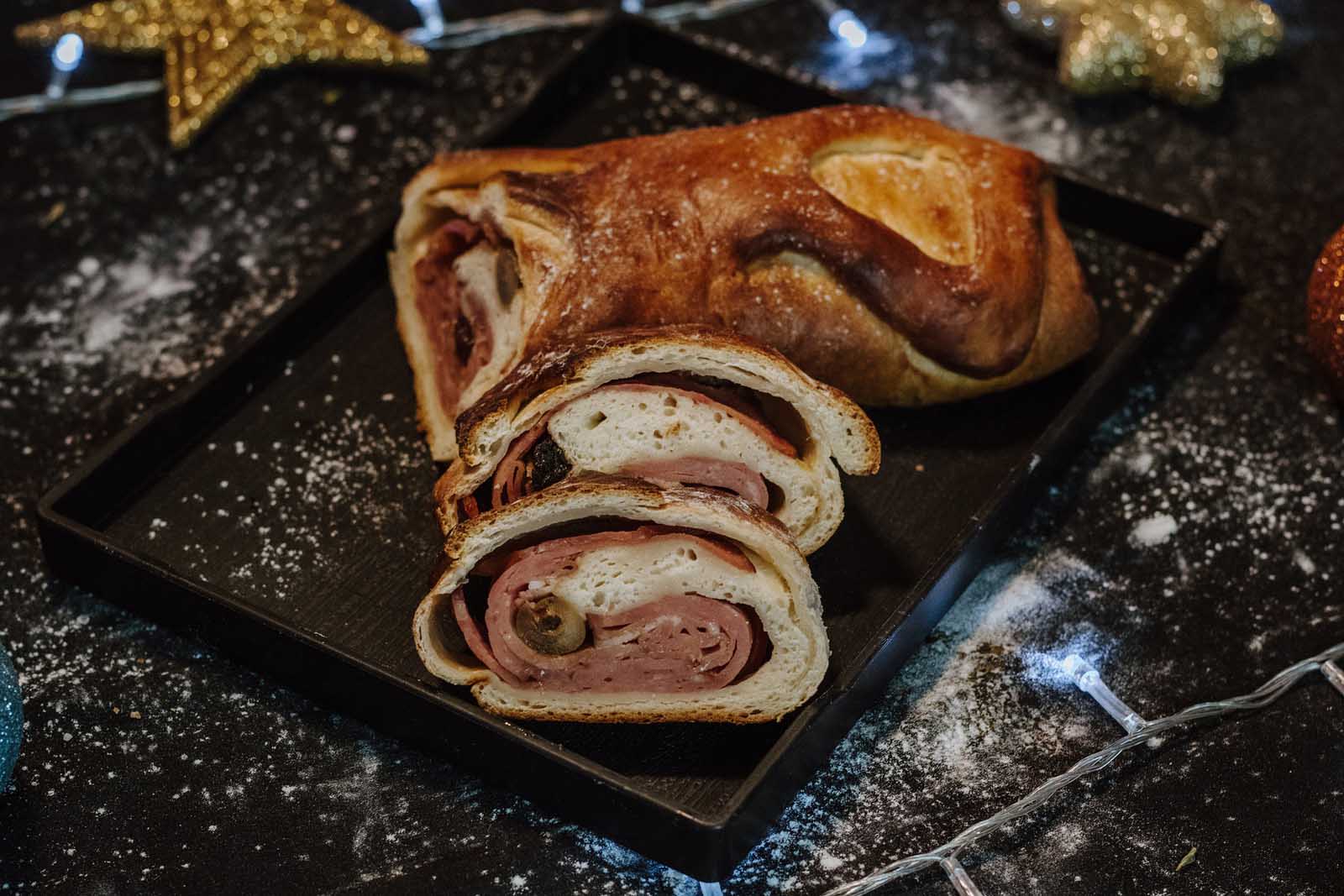
Despite being a traditional Venezuelan dish, it can be hard to get your hands on Pan de Jamon. The food translates as “ham bread” and is typically served only for Christmas dinner. If you’re traveling around Venezuela during the holiday season, you’ll find all the necessary ingredients at local markets with families gearing up for the evening dinner.
The origins of Pan de Jamon can be traced back to Caracas and the capital city’s diverse range of cultures. The dish grew in various directions for many years until it morphed into this authentic Venezuelan recipe.
However, if you’re looking to switch up your own Christmas dinners, then Pan de Jamon will help you do so. The bread is sweet and warm, a perfect winter combination. To make it, create a dough sprinkled with sugar. After laying it flat, add slices of ham, raisins, and olives before rolling it up and baking it in the oven.
3. Ensalada de Gallina (Chicken Salad)
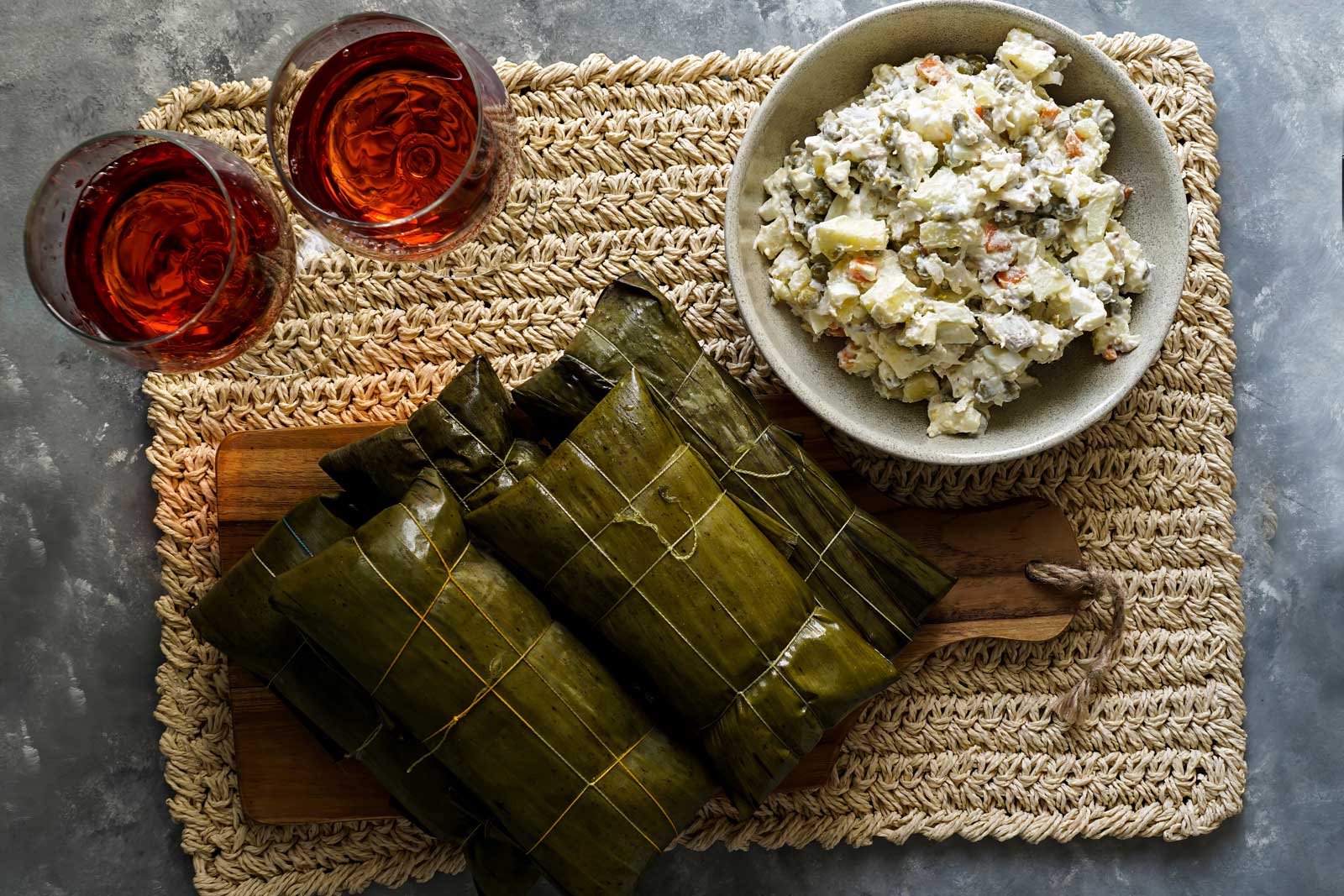
Venezuelan Chicken Salad, known locally as “Ensalada de Gallina,” is a popular and traditional dish in Venezuela. It is another one of those dishes that is served during the Christmas season and other special occasions. But this is not your typical chicken salad.
It is made by combining chicken breast, potatoes (boiled and diced), boiled carrots, peas, hard-boiled eggs (chopped), mayonnaise, and vinegar, and garnished with parsley or cilantro. It is a super easy dish to make at home, and it pairs perfectly with Hallacas, Pan de Jamón, or Arepas. You can also serve it as an appetizer if you like.
This salad is not only a festive delight but also a versatile dish that can be enjoyed year-round. Its creamy texture and flavorful combination make it a beloved part of Venezuelan culinary traditions.
4. Pan dulce (Sweet Bread)
This was one of my favorite things to eat in the morning when we were in Venezuela. Pair it with a Venzuelan coffee and you are in heaven. It also makes a great mid-afternoon snack if you geta little peckish. It is a type of soft, sweet bread often made with basic ingredients like flour, sugar, milk, butter, and yeast. Simple yet effective.
They are easy to find in bakeries around all cities city, called panaderias. If you want to make them at home, it can be a little tricky. This is the best recipe for them that I have found. By following this you will have the perfect taste that you experienced when you were in country.
5. Arepas
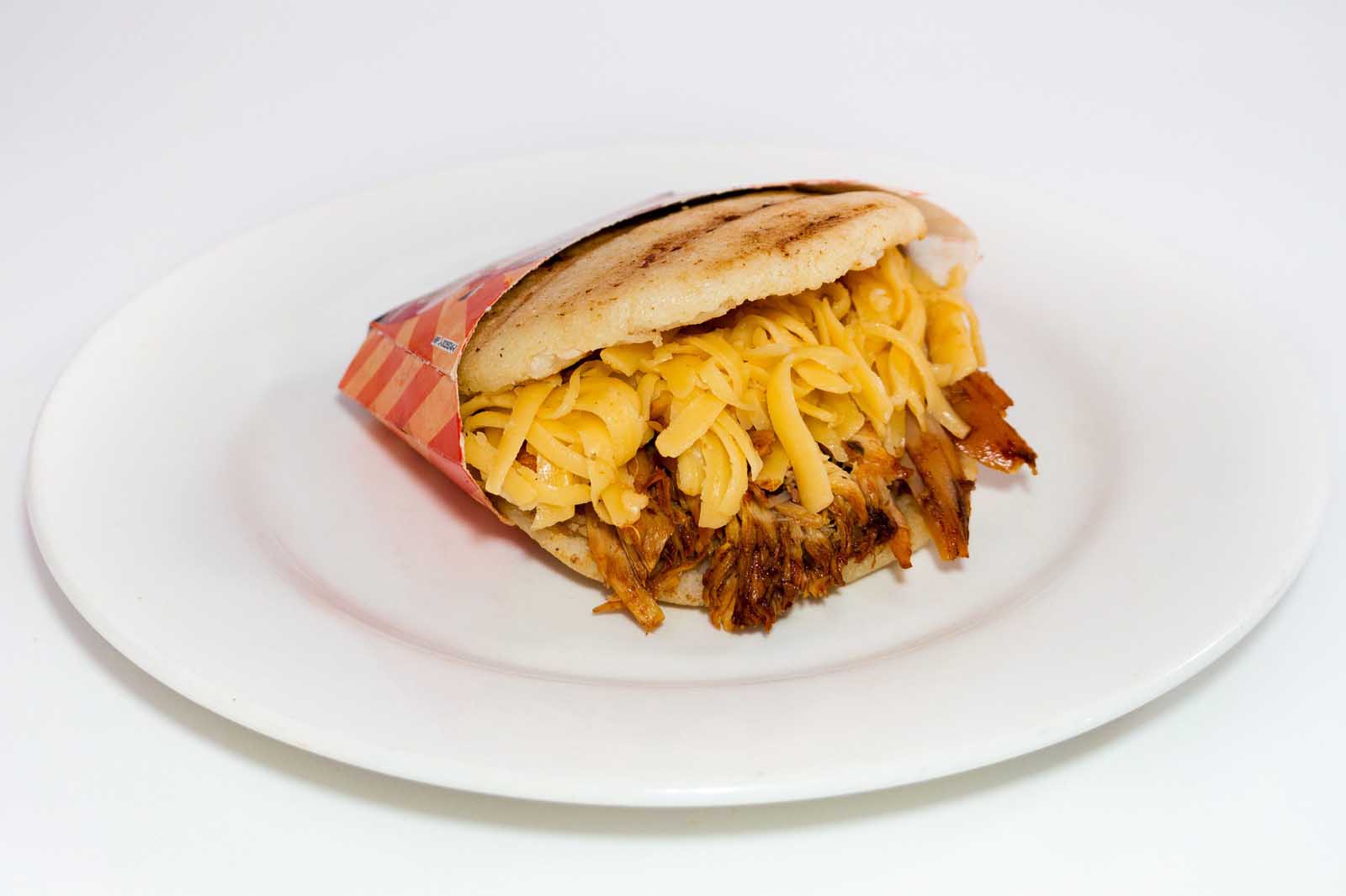
The debate rolls on over the origin of arepas. Are they Venezuelan or Colombian? But ask the locals and experience the country’s food scene, and you’ll quickly see how synonymous arepas are with Venezuelan cuisine. After all, as the saying goes, there’s nothing more Venezuelan than an arepa.
Arepas are one of the best Venezuelan foods to make at home. While you’ll undoubtedly fall in love with the doughy dish on your travels, its flexibility makes it a hit in the kitchen. Arepas are made from unleavened corn flour dough spread flat and round across the bench. After filling it with whatever you desire, you can choose to bake, grill, or fry it.
Traditional arepas vary throughout the country, depending on the chef’s style and available ingredients. However, typical stuffings include black beans, scrambled eggs, and cheese, which is perfect for a late breakfast dish. You can also add seasoned ground beef and shredded carrots for a hearty lunch.
To keep things light and healthy, you may even want to add avocado, flax seeds, or oats to your own arepas.
6. Pabellon Criollo (Venezuela’s National Dish)
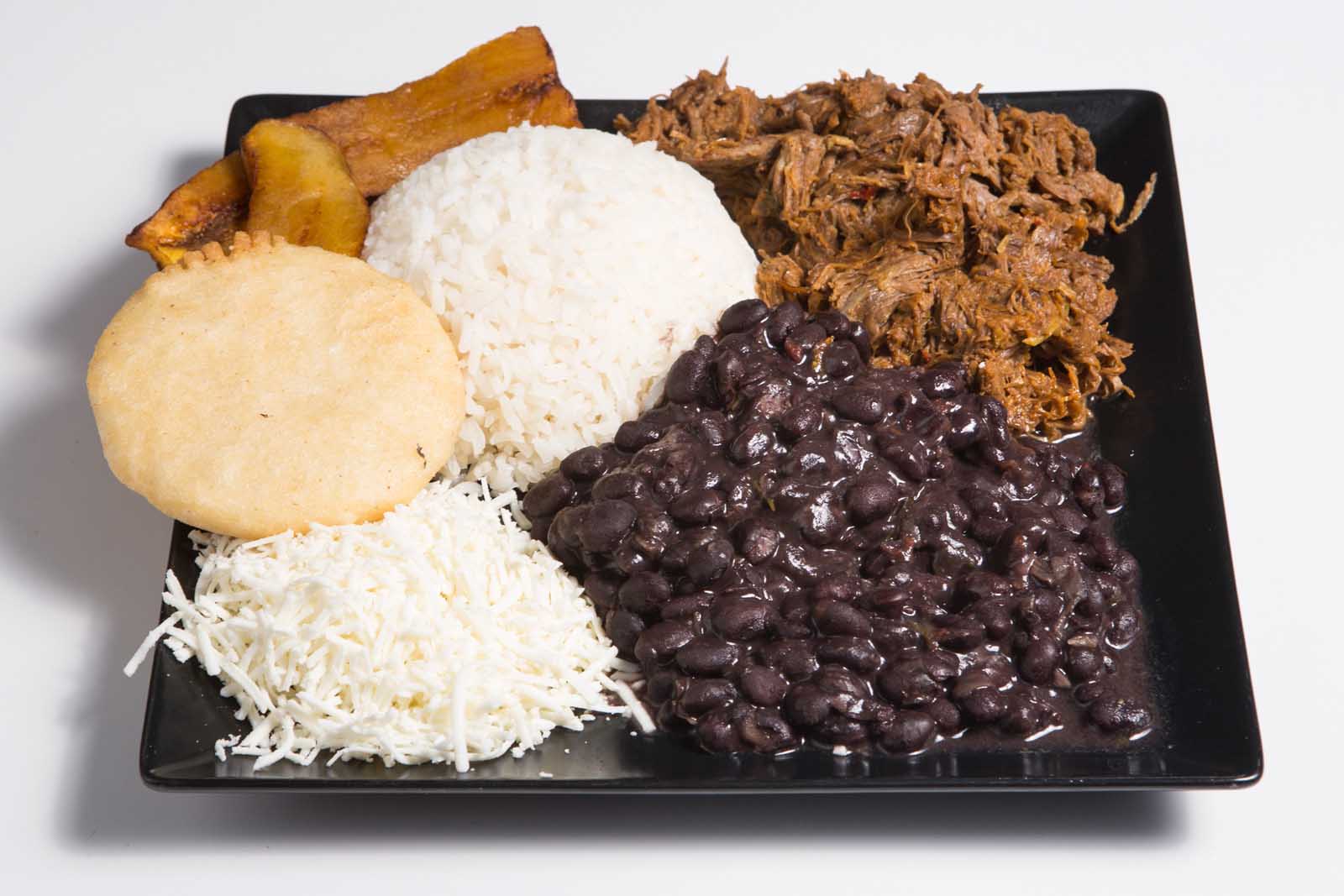
Arepas may be iconic, but Pabellon Criollo (shredded beef with black beans) has the distinction of being Venezuela’s national dish. You can see why, thanks to the dish’s ingredients, which represent the three great Venezuelan cultures. The indigenous community is represented in the juicy, pulled beef. The black beans showcase the country’s African influence and the white rice represents Venezuela’s colonial past.
It’s easy to see why Pabellon Criollo has been one of the most popular Venezuelan foods since the late 19th century. The range of sweet and salty flavors takes your taste buds on an adventure. Alongside the aforementioned ingredients, you’ll find a collection of fried plantains and a slice of avocado, while white cheese is often sprinkled over the sizzling black beans.
It’s a common dish in local kitchens, and you’ll have no trouble finding it in restaurants across the country.
7. Cachapa (Corn Pancakes)
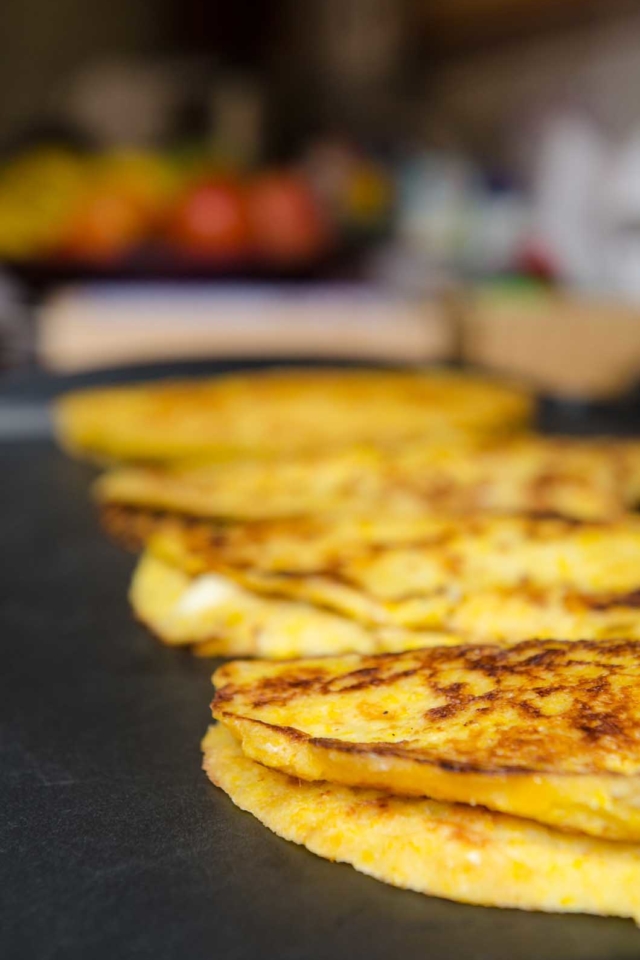
Cachapa is a popular street food in Venezuela. It is a traditional Venezuelan dish that has been around for centuries.
Long before colonization, the Indigenous community in the north-central region harvested corn. The crop is considered to be divine and remains a party of local spirituality. The recipe has changed a little over time, but it is a thin pancake made from corn dough and extra kernels.
Cachapas are often filled with queso de mano, creating a crunchy exterior with a soft inside. With the addition of a dollop of butter or cream on top, the common side dish has both savory and sweet tastes. You’ll often find Cachapas served alongside chicharron, ham, or beef. These are really easy to make at home for a quick snack.
8. Dulce de Leche
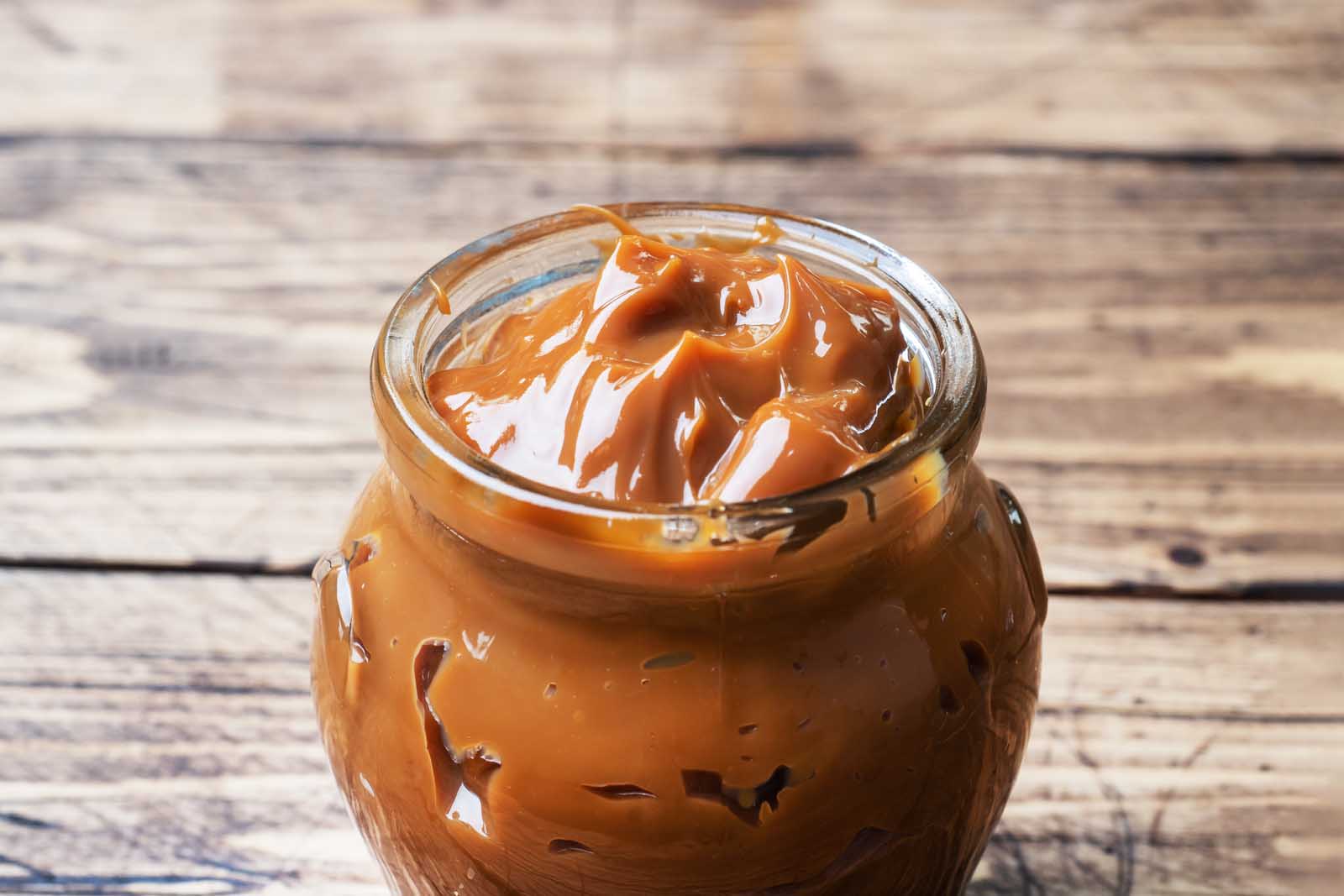
With some traditional dishes covered, let’s explore one of the best Venezuelan desserts. Dulce de leche isn’t commonly found outside of Latin America, but its sweet and caramel-like texture can make even the most basic treat feel like a splash of heaven.
The Venezuelan dessert is easy to make and will add a welcome variety to your homemade sweets. All you have to do is heat condensed milk until it thickens and turns brown. It essentially becomes a caramel sauce that sweet tooths can enjoy by the spoonful. But most will want to spread out over another dessert or something as simple as bread.
Locals will add dulce de leche to their waffles or stuff it inside a Pionono. But with its similarity to Nutella, you’ll be tempted to add it to your morning toast for a sugar boost to begin your day.
9. Hallaca
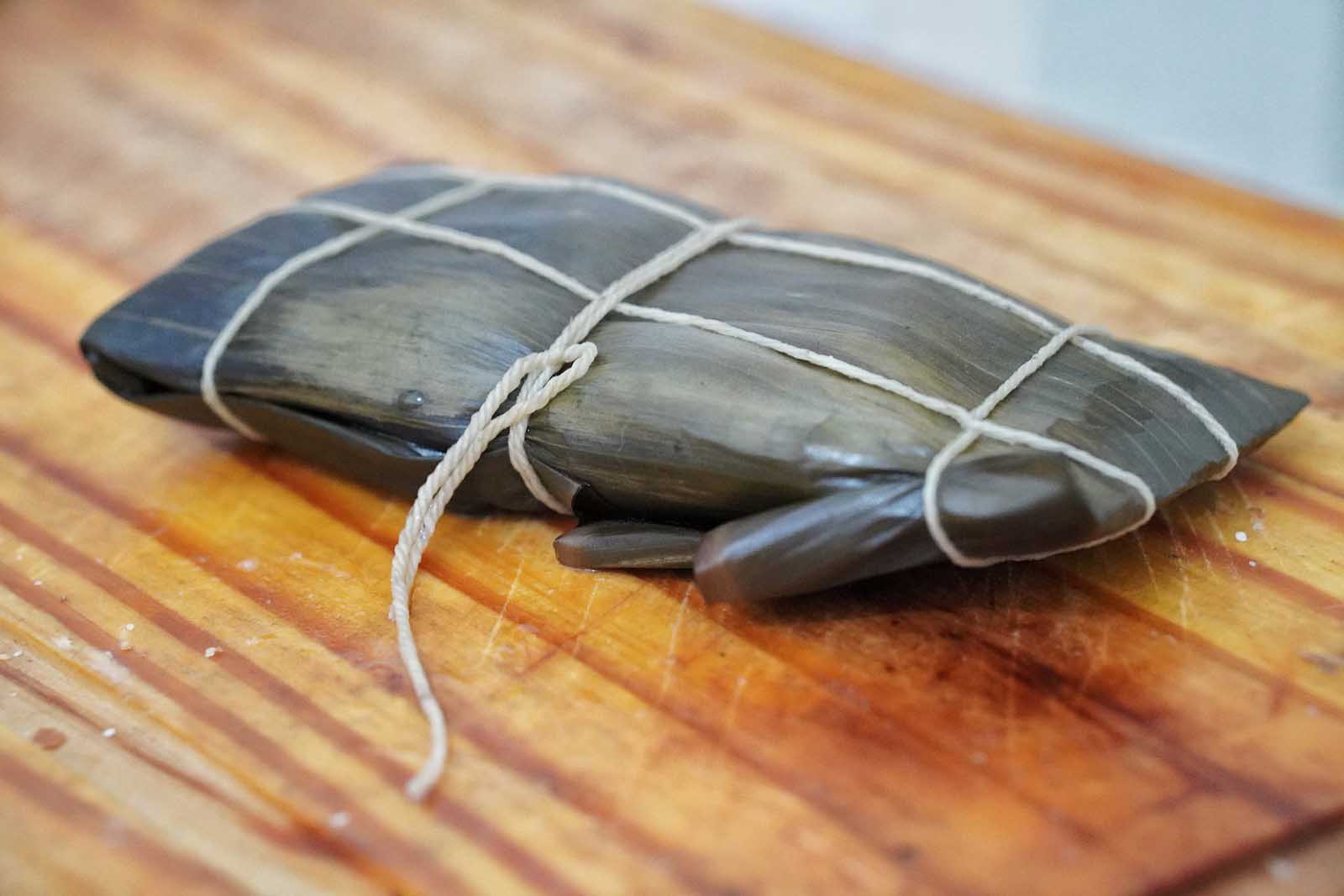
Venezuelan cooking tends to stick on the simpler side while remaining delightfully full of flavor. But Hallaca is one of those Venezuelan foods that will take a few tries to master.
The complex local dish is steeped in tradition, being the most prominent dish of the Christmas season. Hallacas only appear in local homes during December, and you’ll find one on every plate come Christmas day. It all begins at the start of the month when families come together to make dozens, if not hundreds of Hallacas. This is so there’s no shortage come dinnertime, and so they can also give them as gifts to neighbors and friends.
Hallacas can be traced back to Indigenous cuisine. The main ingredient is cornmeal dough. The thin dough is stuffed with shredded beef, pork, or chicken. The meat filling is previously mixed with bell peppers, raisins, and olives. The dish is then wrapped in plantain leaves before being boiled.
10. Bollo Pelon (Meatballs)
Providing a delicious burst of flavor, Bollo Pelon is a beloved Venezuelan food that you won’t find in local restaurants. Something that will only drive you to cook some back at the hostel kitchen or once you’re home.
Bollo Pelon follows a similar path to other traditional Venezuelan dishes, as it includes corn flour. However, the flour is rolled up into a ball the size of a fist with the inclusion of a hearty beef stew. The ball is then boiled to perfection before being topped with a zesty tomato sauce and slathered with cheese.
The variety of flavor and balance of the dough and stew means it’s a popular family meal loved by young and old. The dish is heavy and filling, which is why you’ll only need two or three for a thorough meal. If you prefer, you can even switch out the beef stew for chicken or pork.
11. Patacon Zuliano (plantain Sandwich)
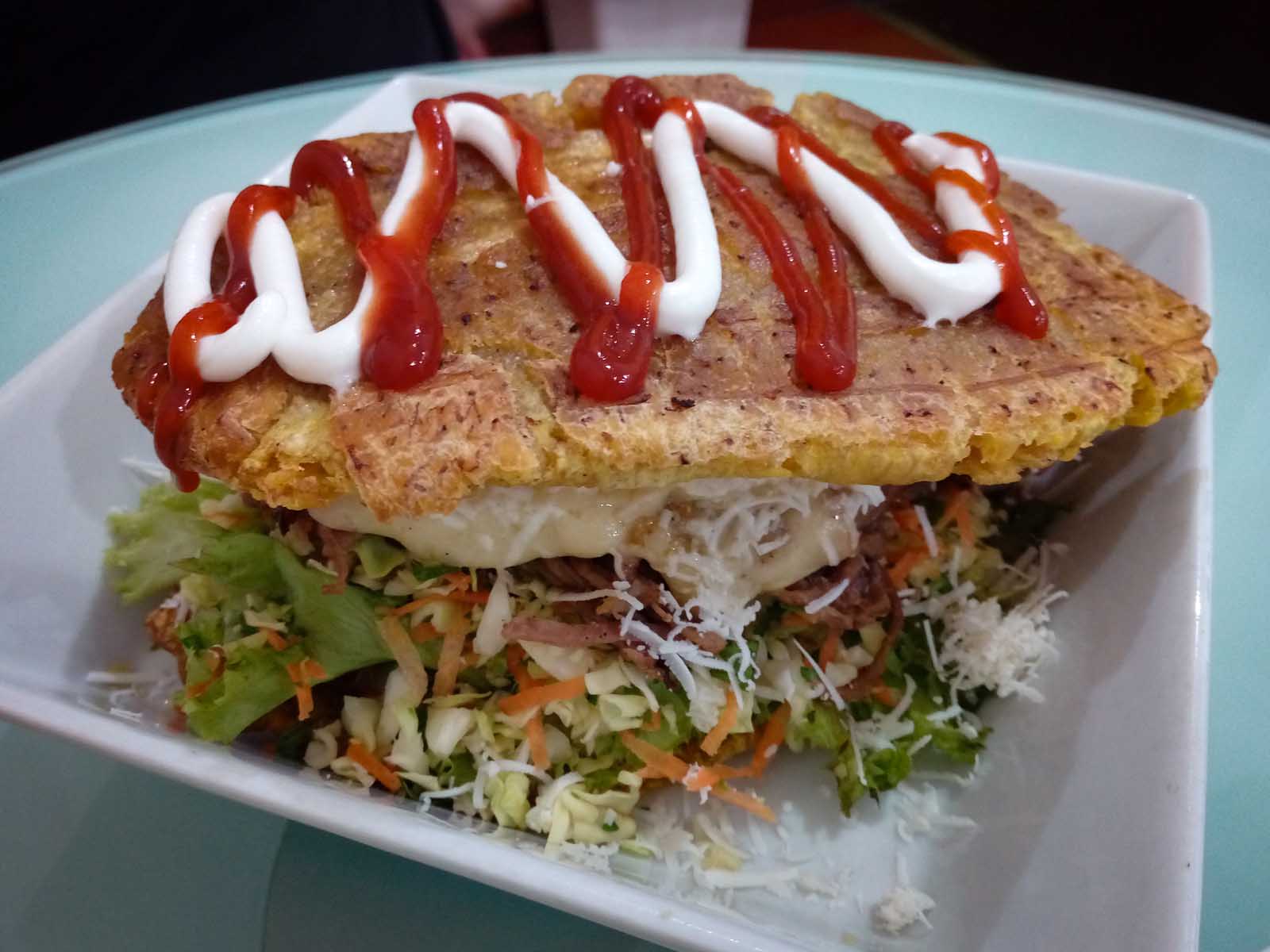
Patacones are a staple in Venezuelan cuisine. Essentially, the same as the renowned tostones, they comprise unripe plantain slices that are fried twice for flavor and texture. After the first, the plantains are removed, dried, and flattened before being fried until golden brown.
It’s the ultimate Venezuelan street food. However, the region of Zulia has taken things to another level. Turning traditional fried plantains into Patacon Zuliano, a mouthwatering shredded beef burger that’s to die for.
Using the fried plantain slices as bookends, the burger is stuffed with beef (or chicken) alongside salad, cheese, boiled eggs, or vegetables before being slathered in mayonnaise and ketchup. It may not be the picture of health, but it’s that greasy meal you’ve been searching for.
12. Cachito (Crescent Rolls)
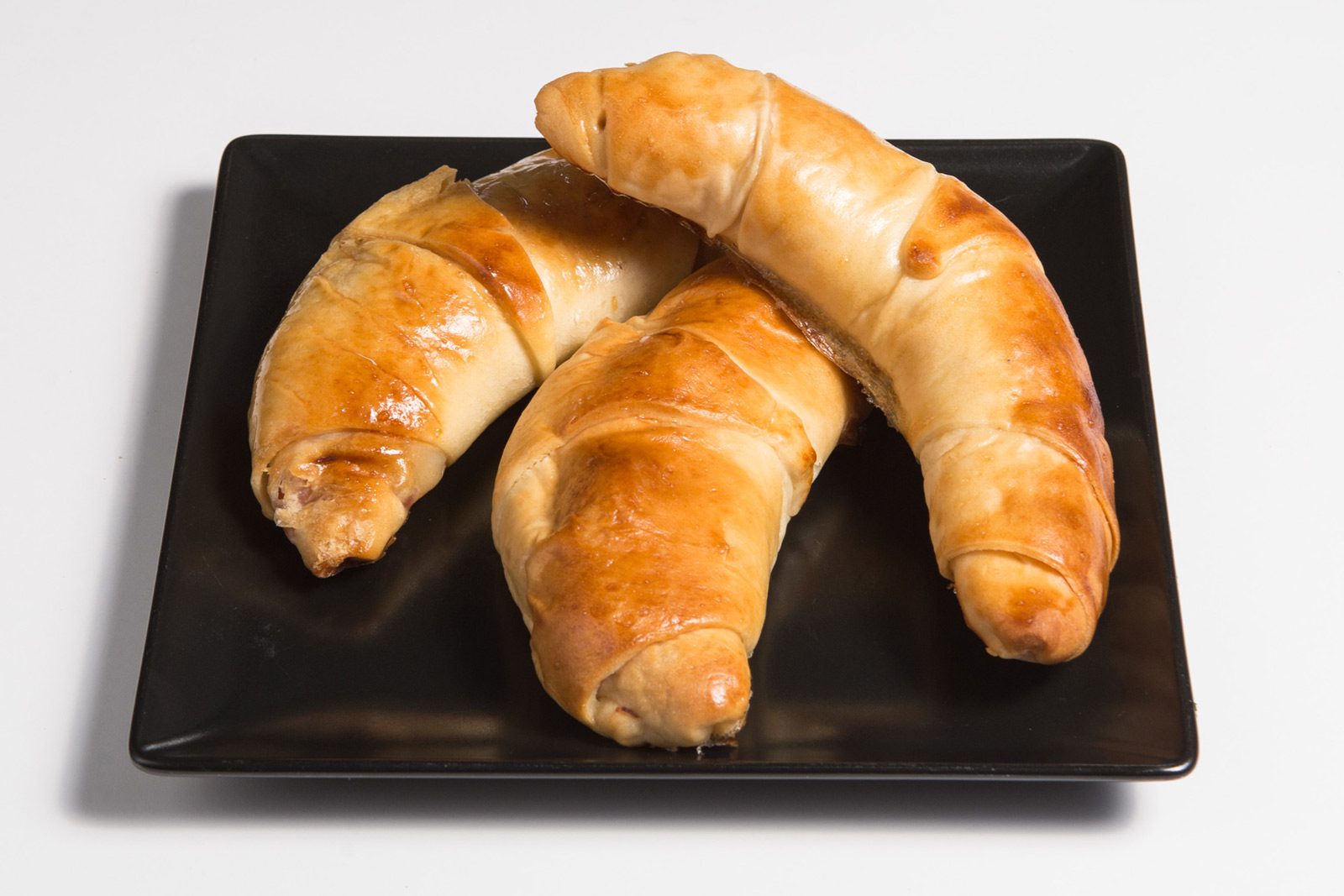
As you travel around Venezuela, you may notice the Portuguese influence in many of the nation’s bakeries. One of the most common bakery dishes is couched believed to have been introduced by Portuguese immigrants in the early 1900s. It has only grown in popularity in the decades since.
Now a common breakfast item, Cachito is mostly made of wheat flour, butter, milk, and eggs, creating a savory dish similar to a croissant. With the dough created, the Cachito is typically filled with ham and cheese before being baked until golden and crispy. The crunchy exterior is a delight, while the soothing and delicious filling is the perfect way to begin the day.
If you’re lucky to spend time in a Venezuelan home, waking up to the buttery smells of Cachito is akin to waking up on a cloud. When had alongside some Venezuelan coffee, you’ll be ready for a day of adventure.
13. Fosforera (Fish and Seafood Soup)
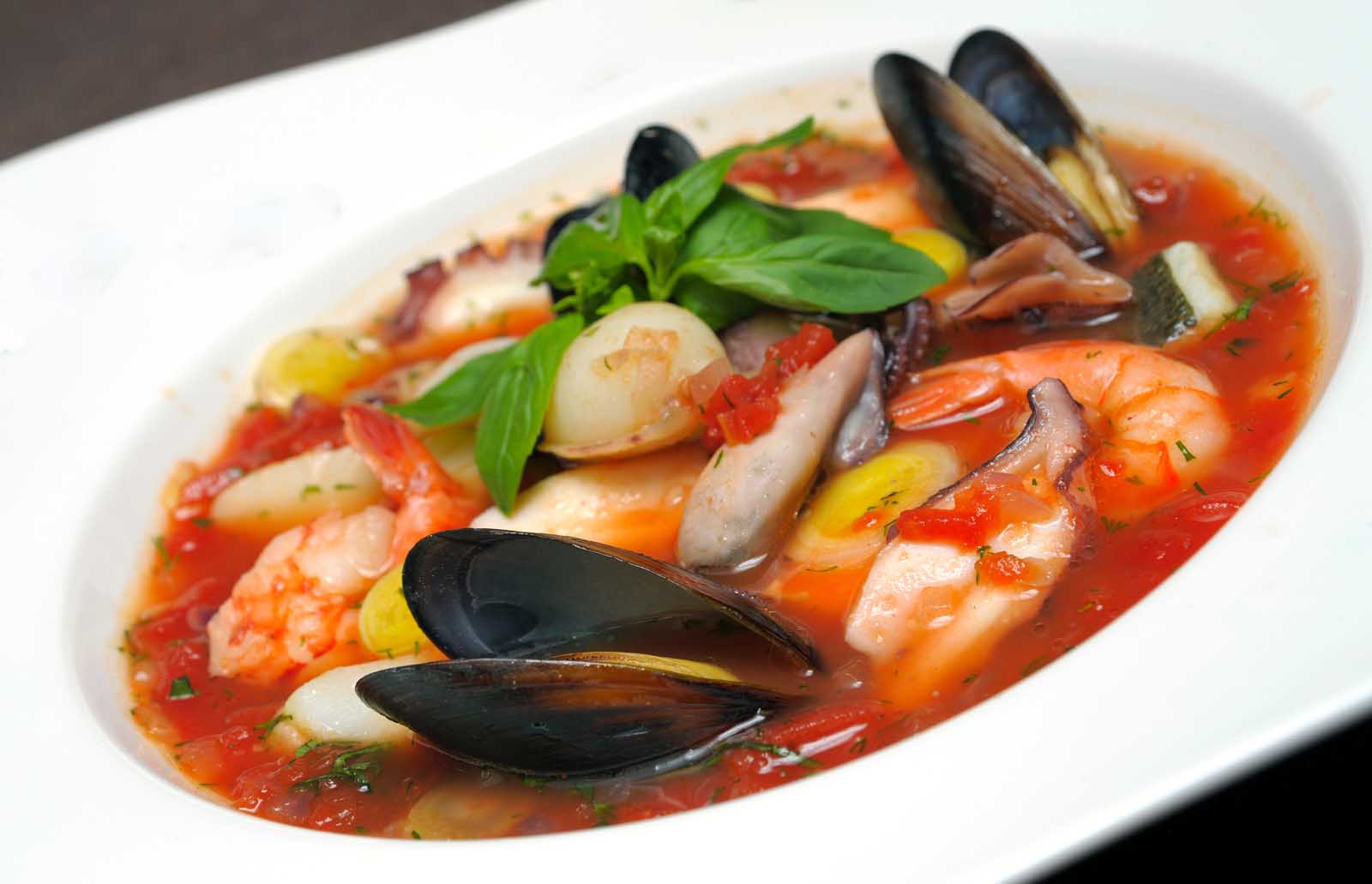
Along the northern coast, Venezuelan cuisine is experiencing an influx of seafood. One of the most popular dishes in the region is Fosforera, a delicious seafood soup.
Although simple on paper, making the perfect Fosforera takes a lot of effort. This is because of the range of ingredients, from seafood to vegetables. It’s a hearty and nutritional dish. So much so that it earned the nickname levanta muertos, which means Fosferera can raise people from the dead.
Common seafood found in the soup includes fish head, crab, clam, squid, and shrimp. While it’s not rare to find a mix. The fish is complemented by a range of vegetables, including green peppers, tomatoes, and onions. It’s all mixed with some zesty spices and even a splash of white wine before being cooked for 45 minutes.
14. Pisca Andina
Another soup to add to your Venezuelan experience is Pisca Andina. The warm and scrumptious soup is the perfect antidote to the frosty mornings up in the Venezuelan Andes, where the dish originates.
Unlike Fosforera, Pisca Andina is a simple and relatively plain dish. Begin by heating the chicken broth before adding plenty of chopped potatoes, eggs, and milk. Towards the end, chuck in as much cheese as you like before adding on some cilantro for extra flavor.
You’ll find this Venezuelan food in ample supply throughout the country’s mountain regions, but it also makes for a great winter soup back home. While its revitalizing ingredients have been known to cure a hangover or two.
15. Perico
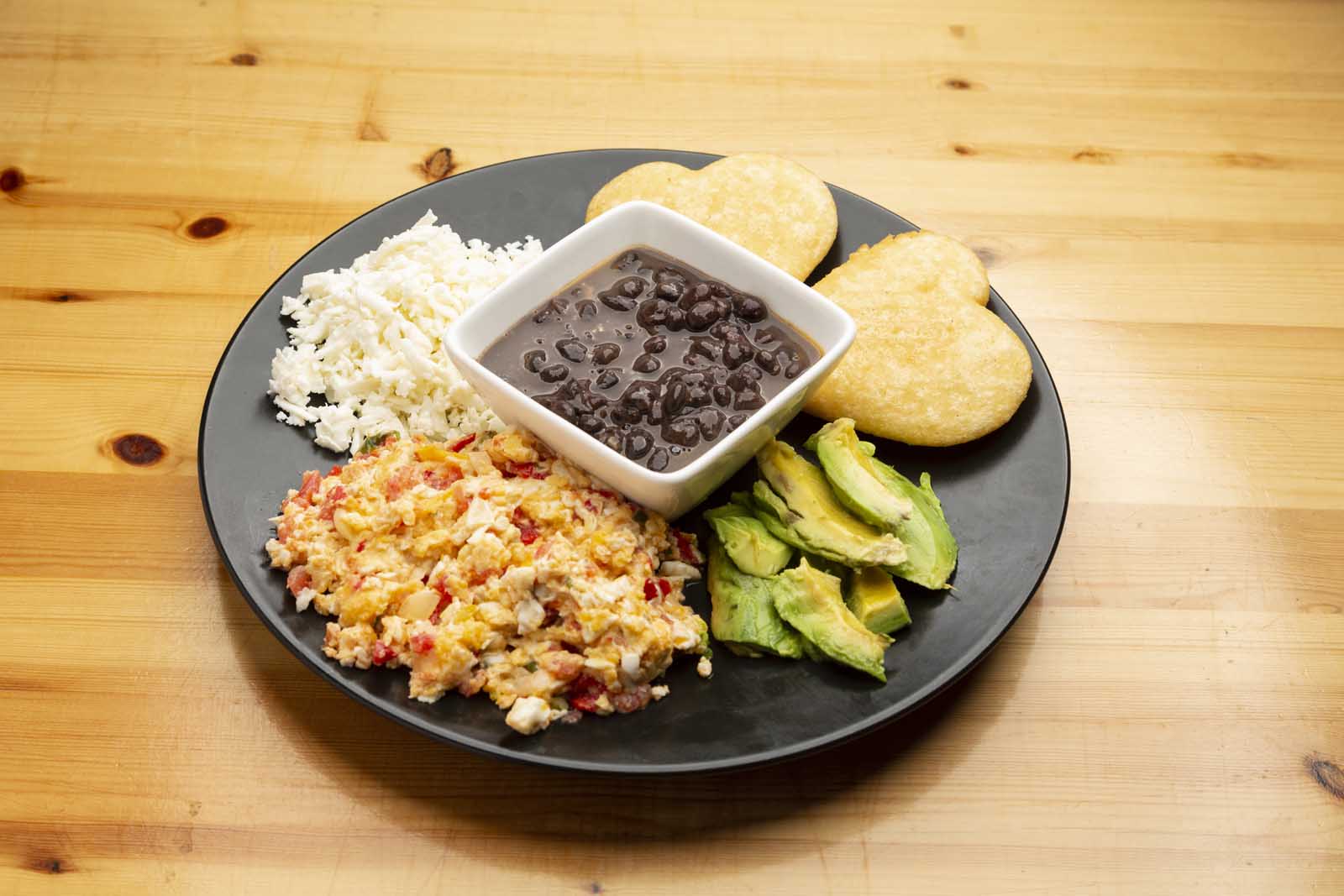
A common dish in a range of South American countries, Perico is beloved in Venezuela. The easy and delicious breakfast or brunch dish is also nutritious, with a perfect balance of protein, carbs, fibers, and minerals. Making Pericos a popular way to start the day.
The Venezuelan food is made of scrambled eggs, red peppers, onions, and tomatoes. While some like to add in the ingredients all at once, it helps to cook the peppers, tomatoes, and onions beforehand for an additional burst of flavor.
To make it a hearty and nutritious plate, place sliced avocado, black beans, and plantains alongside your scrambled eggs. As for common meat additions, ham or bacon are popular choices.
If you’ve woken up late and you’re in a rush, then you can also find Perico stuffed inside arepas. This will be more filling, however, you will miss out on the full array of flavors as the dough can be overpowering.
16. Pasticho (Venezuelan Lasagna)
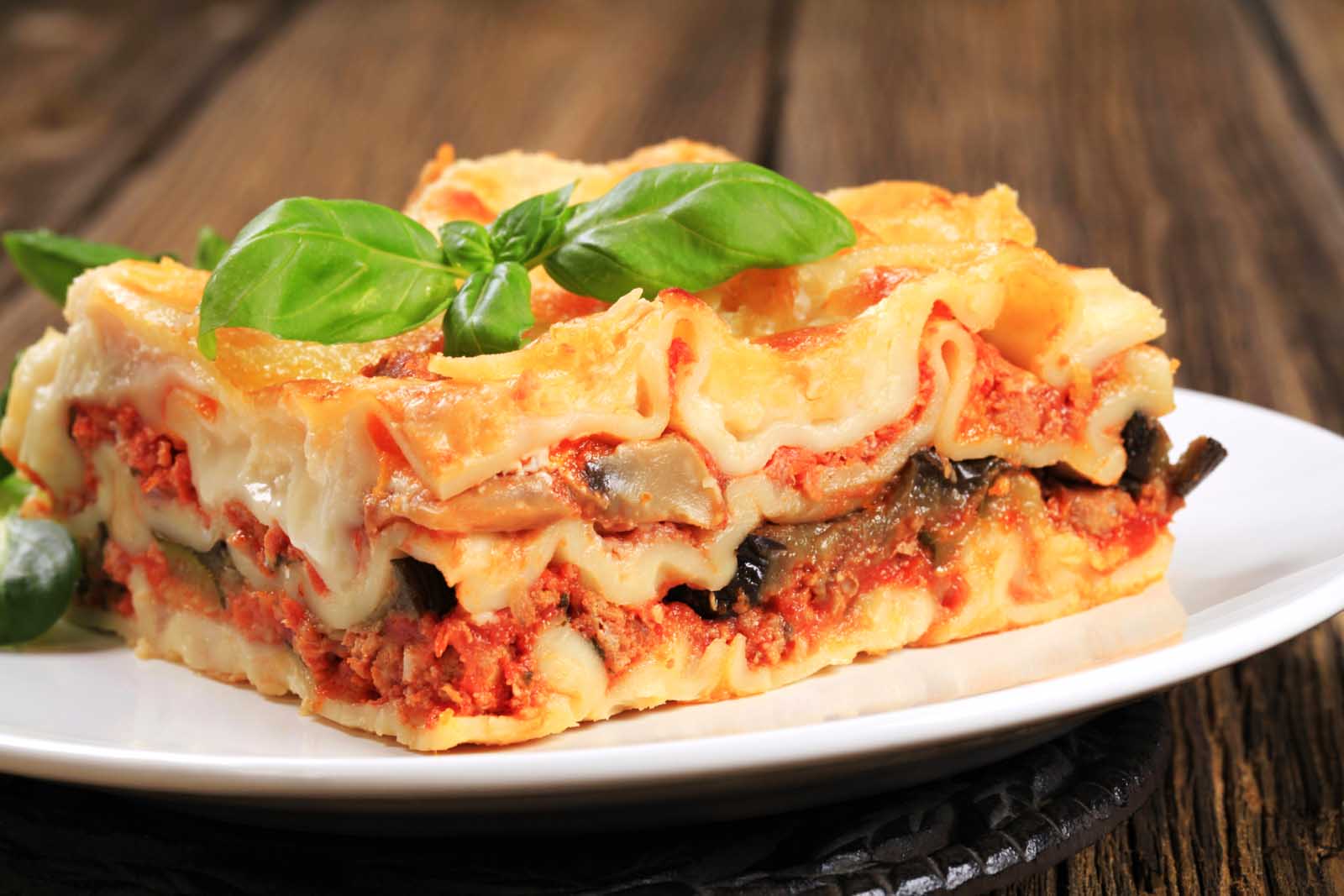
Venezuelan food isn’t just influenced by Spain and Africa. Alongside Portugal, there is a growing Italian influence. Pasticho is the best example of this. It shares many similarities with a typical lasagna, as it comprises thin pasta layers, meat, tomato, and cheese.
However, the Venezuelan version has its own twist on the iconic meal. The range of local spices creates a veritable difference between the two dishes, which, for some, makes the Venezuelan iteration even better. The additional flavors are complemented by the use of bechamel sauce, which is even creamier than traditional lasagna.
Whether you’re playing along at home or looking at a local menu, Pasticho is one of the best Venezuelan dishes to enjoy at dinnertime. To complete the delectable meal, add a generous layer of grated cheese.
17. Mandocas (cornmeal Ring)
Just like fried plantain, you’ll find Mandocas all over Venezuela. Kids will have them for breakfast or carry them in their bags for a tasty treat at school, while they’re also a major part of the country’s street food scene.
Mandocas originate in Zulia, in the country’s west. But they quickly grew in popularity thanks to the fried goodness of the horseshoe-shaped donut. Mandocas are made using corn dough stuffed with a range of local ingredients. The most common is mashed ripe plantains, anise seeds, and cheese, alongside raw cane sugar.
All ingredients are mashed together and manipulated into a horseshoe. This is the sweetest version of Mandocas, with the cane sugar turning the dough dark brown once fried. While not the healthiest snack, it’s a great filler as you’re traveling around.
18. Paledonias
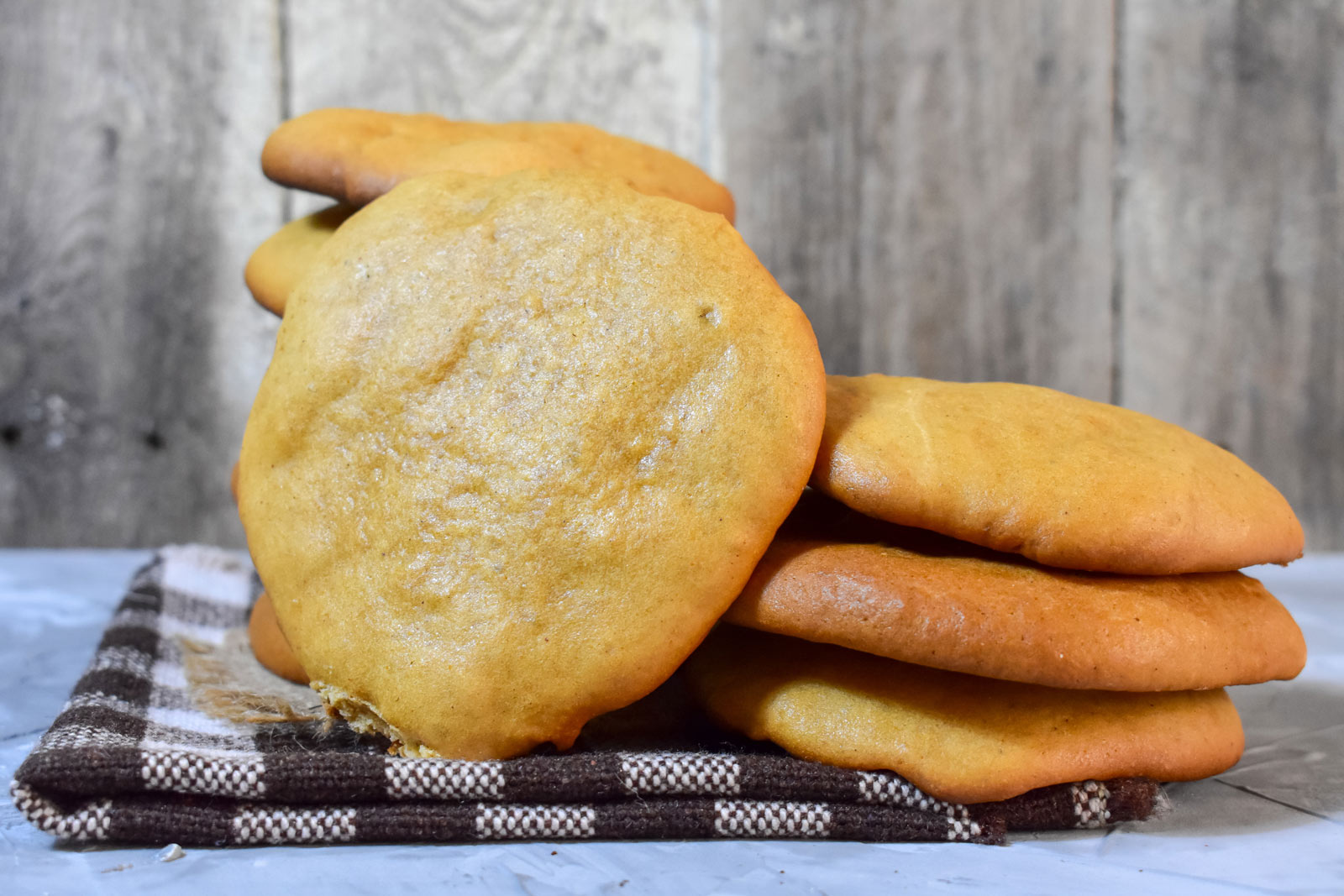
Most common in the Andes and western regions, Paledonias is nonetheless one of the best Venezuelan treats. Half cake, half cookie, Paledonias have a soft and delightful texture with its sweet taste immediately coating your taste buds.
Paledonias comprise flour, syrup, cinnamon, and a wad of unrefined cane sugar. It’s the sugar that gives Paledonias its recognizable brown color and its soft but crispy exterior. While the inside is more akin to a sponge cake.
Paledonias make for a lovely dessert but are most commonly eaten as a snack or at breakfast, where locals will enjoy them with coffee and milk. Something you should do at least once on your travels.
19. Chicha w/ Condensed milk
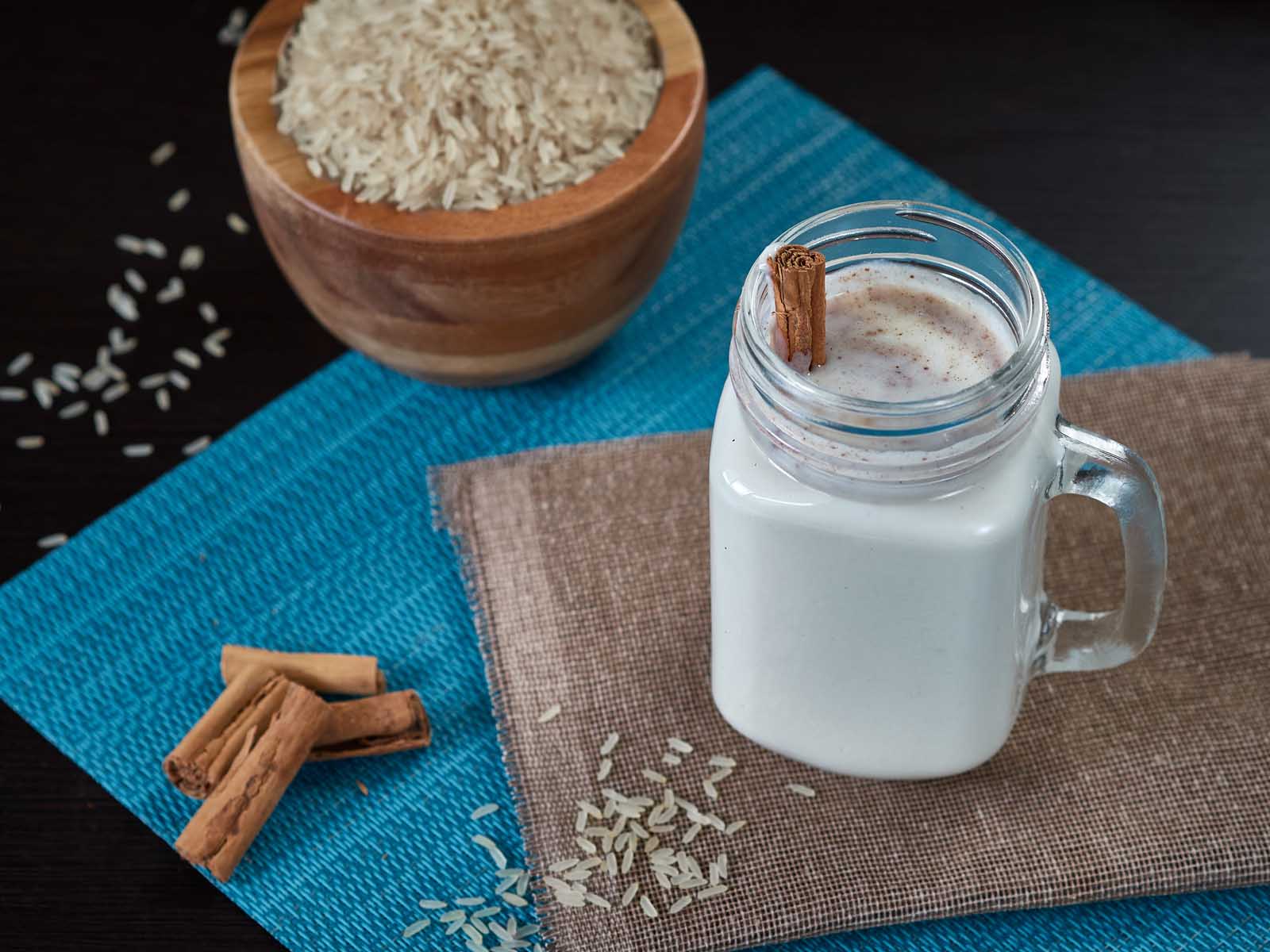
While technically not a Venezuelan food, chicha remains a huge part of traditional Venezuelan cuisine. Creamy and sweet, the drink is at first alluring and then incredibly addictive. You’ll find a version of the drink in every part of Venezuela, whether they be on the street, in restaurants, or in malls. You may even discover major franchises slinging this delicious beverage.
Chicha is creamy and sweet as it comprises both milk and rice, before being topped with cinnamon and nutmeg. For those who wish to try at home, the key to creating the perfect glass of chicha takes patience. Soak the rice overnight before cooking the grains in fresh water. Once soggy, add condensed milk and blend.
Where you go from there is up to you. The top of the beverage is a blank canvas, often layered with crushed cookies or syrup.
Our Favorite Traditional Venezuelan Foods
Venezuelan dishes can often get overlooked on the world stage. But their zesty flavors, doughy goodness, and sweet treats make for a mouthwatering experience. If food is a big part of how you travel, then free up time to try as many of these meals, snacks, and drinks as you can.
As the plate arrives on the table, you’ll be first taken in by the colors before the aromas float by and the flavors dance in your mouth. They help to balance the savory ingredients which are a huge part of the local cuisine.
The simplicity and similarity of Venezuelan cuisine mean some can easily overlap. This gives you the opportunity to combine a variety of dishes into one without taking away what makes it great.

